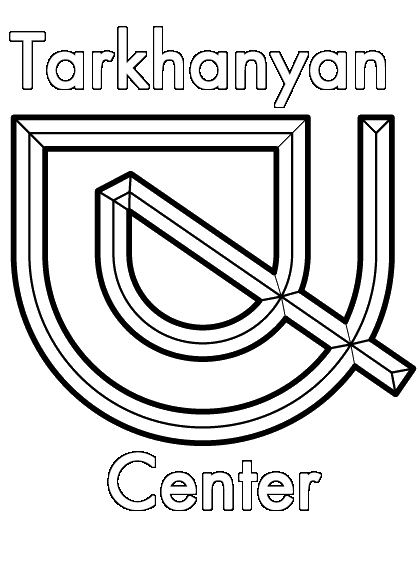The Architecture of Arthur Tarkhanyan

Arthur Tarkhanyan was one of the leading architects of Soviet Armenia, whose projects became an integral part of the urban landscape of Yerevan and other cities in the republic. His work spanned various fields of architecture—from urban planning to the design of public buildings, residential complexes, and memorial structures. Each of his projects was not just a building but a comprehensive architectural concept reflecting functionality, national identity, and innovative engineering solutions.
Major Works
Cinema “Rossiya” (1964)
Co-authors: S. Khachikyan, G. Poghosyan
The “Rossiya” Cinema (later renamed “Ayrarat”) was one of Tarkhanyan’s first large-scale projects. The architects created a modern building with two large auditoriums, an innovative ceiling structure, and a striking volumetric composition. Huge glass facades, emphasized structural forms, and integration with the urban environment made this project iconic. In 1979, Tarkhanyan and his colleagues received the USSR Council of Ministers Prize for this project.
Tsitsernakaberd Memorial Complex (1967)
Co-author: S. Kalashyan
The memorial to the victims of the Armenian Genocide of 1915 is one of Tarkhanyan’s most famous works. The composition of the memorial expresses both the tragedy and the resilience of the Armenian people. Twelve leaning slabs symbolize the provinces of historic Armenia, and the eternal flame at the center became a place of remembrance and mourning. This project received broad international recognition.
Zvartnots Airport (1980)
Co-authors: S. Khachikyan, L. Cherkezian, Z. Shekhlyan, and others
One of the most innovative projects of its time—Zvartnots Airport. The architects proposed a circular structure that provided convenient navigation for passengers and efficient operation for airport services. It was one of the first buildings of its kind in the Soviet Union. For this project, Tarkhanyan received the State Prize of the Armenian SSR in 1985.
Youth Palace in Yerevan (1981)
Co-authors: G. Poghosyan, S. Khachikyan, M. Zakaryan
This complex, which included a hotel, concert hall, exhibition spaces, and sports facilities, became an important public center for youth. It was demolished in 2006, sparking outrage in the architectural community. In 1981, Tarkhanyan and his colleagues were awarded the Lenin Komsomol Prize for this project.
Sports and Concert Complex on Tsitsernakaberd (1983)
Co-authors: S. Khachikyan, G. Poghosyan, G. Mushegyan
This massive multifunctional complex, featuring transformable halls capable of accommodating thousands of spectators, became a pinnacle of Tarkhanyan’s creative career. In 1987, he was awarded the USSR State Prize for this project.
Urban Development Project for the City of Abovyan (1960)
Co-authors: S. Khachikyan, G. Poghosyan, L. Cherkezian
One of Tarkhanyan’s first urban planning projects, implemented as part of a new satellite city concept. The project applied contemporary zoning approaches and innovative organization of residential environments for its time.
Architectural Philosophy
Tarkhanyan’s work was based on several key principles:
- Functionality and Purposefulness – each building had to clearly fulfill its intended function and be comfortable for people.
- National Identity – Armenian architecture has always aspired to monumentality, simplicity of form, and structural logic. Tarkhanyan reinterpreted these traditions, integrating them into modern architectural solutions.
- Innovation and Technology – he pursued the use of new engineering solutions, boldly employing cable-stayed structures, glass, metal, and modern construction materials.
- Synthesis of Architecture with Nature – many of his projects were organically integrated into the landscape, taking into account the terrain and climate features.
Arthur Tarkhanyan was not just an architect, but the creator of a new architectural language that remains relevant and inspiring to this day. His works defined the appearance of Yerevan for decades to come and left a deep mark in the history of Soviet and Armenian architecture.
